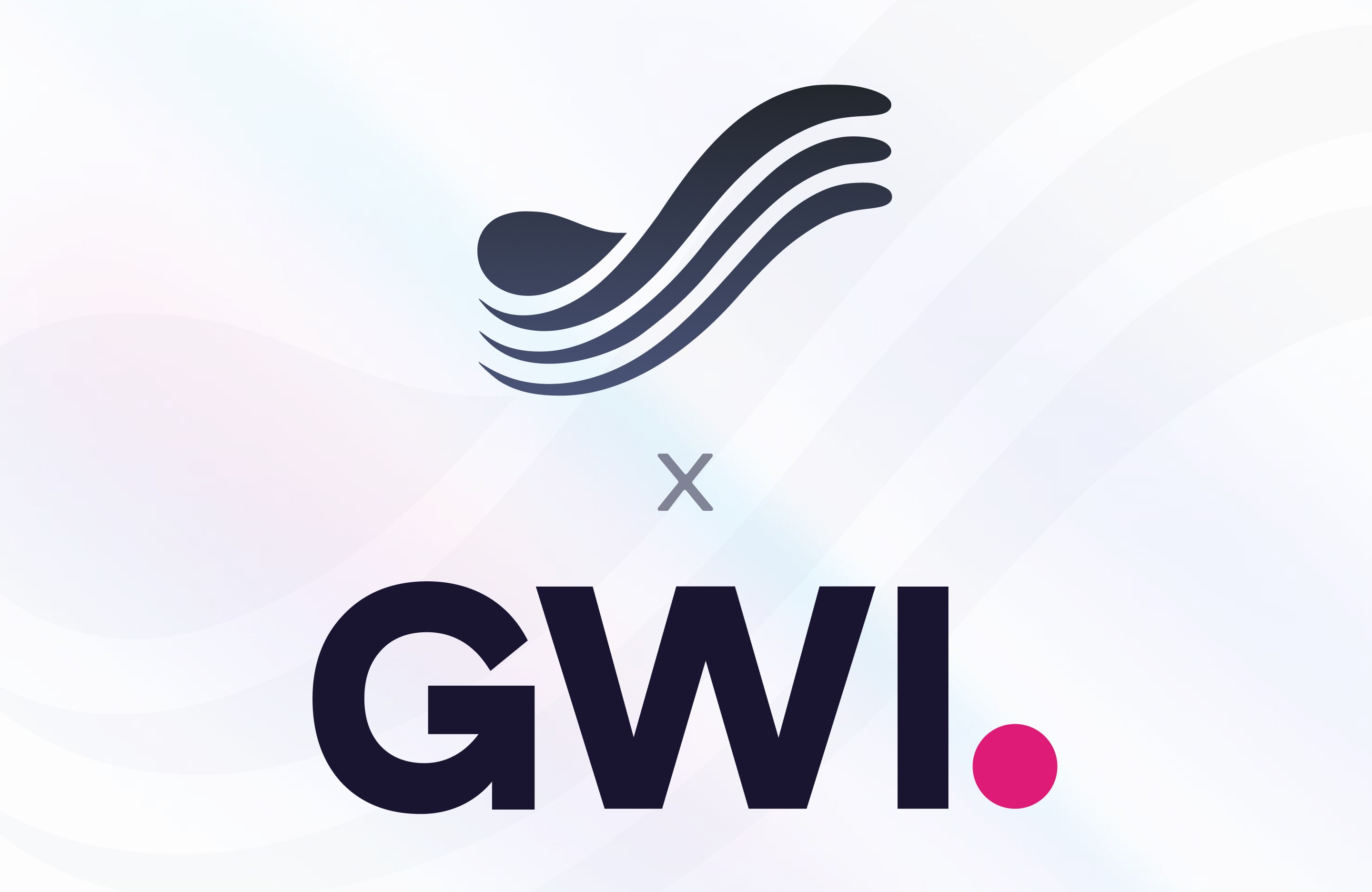This post explores key insights on structuring equity incentive schemes with Graham, General Counsel at GWI. From understanding different types of schemes (EMIs, RSUs, Growth Shares) to managing challenges like golden handcuffs and dry tax charges, Graham shares practical tips for creating flexible, performance-driven incentives that attract and retain top talent.
Oct 29, 2024
Strategic Equity Incentives for High-Impact Talent Retention: Insights from Graeme, General Counsel at GWI
In a fast-evolving talent landscape, equity schemes are no longer just about attracting employees but also about aligning them strategically with business growth. Graeme, General Counsel at GWI, shared his nuanced approach to equity structuring, revealing how legal teams can go beyond basic compliance to architect schemes that drive sustained engagement, loyalty, and adaptability as companies scale. Here are the key strategic takeaways for crafting flexible, impactful equity plans.
1. Align Equity Strategy with Business Phases and Long-Term Goals
Equity incentives should reflect not only a company’s current stage but also anticipate its future. Early-stage companies often lean towards simpler, tax-efficient schemes like EMI options; however, Graeme highlighted the importance of planning for an evolution in equity structure as the company grows, transitioning employees from these schemes to options like growth shares or RSUs as it matures. This progression addresses both employee retention and administrative ease as the cap table becomes more complex.
Early Flexibility Matters: EMI options offer tax advantages that can make them highly appealing to early hires, but they also bind employees to the company’s fate until an exit. In anticipation of delayed IPOs or acquisitions, legal teams can design schemes that allow smooth transitions to more flexible options later.
Adaptive Retention Strategy: By evolving the structure as the company scales, legal can balance the company’s retention goals with employees’ needs for flexibility, preventing the “golden handcuff” effect, which can be especially demotivating as companies delay exits.
2. Mitigating the Downsides of Golden Handcuffs with Built-in Flexibility
One overlooked risk of equity incentives is inadvertently locking in talent with golden handcuffs, which may keep disengaged employees simply waiting out an exit event.
Leveraging Growth Shares as a Strategic Exit Option: Graeme points to growth shares as a solution to provide early employees the opportunity to realize their gains without depending on an exit. By offering employees the flexibility to convert options to growth shares, legal can provide them freedom while retaining a positive, motivated workforce.
Structuring for Mutual Benefit: Building flexibility into schemes is a two-way street. For the business, it creates an incentive structure where the talent that remains does so out of choice and continued engagement rather than necessity. This “mutual flexibility” ultimately strengthens culture and ensures the team aligned with company values and vision.
3. Reimagine Grants as Continuous and Performance-Driven Incentives
Rather than relying on a single grant at the time of hire, GWI’s approach involves biannual, performance-based grants, rewarding top performers while allowing flexibility in alignment with company growth.
Building a Culture of Continuous Investment: Regular, performance-linked grants encourage a performance culture where employees see the direct correlation between their contributions and equity growth. This approach keeps employees engaged, particularly high performers who are continuously incentivized to stay and excel, rather than just vesting out and leaving.
Strategic Calibration for High-impact Employees: Graeme suggests that legal and HR teams should collaborate closely on grant cycles to avoid overly front-loading equity, which can lead to disengagement down the line. By creating a pattern of regular, achievement-driven grants, companies can encourage long-term loyalty among employees, especially those with high impact and specialized skill sets.
4. Communicating Equity Value Beyond Basic Projections
With complex vesting schedules and valuation uncertainties, candidates often struggle to understand the real value of equity. Graeme stressed the importance of transparent, ongoing communication of equity potential and the “value journey” that comes with a role. This effort can create a competitive edge by making the company’s equity offerings more tangible and meaningful.
Share Portals with Projected Value Pathways: Implementing share portals with value projections can allow employees to see how their equity could grow based on performance and company milestones. This visualization not only informs but motivates employees by showing the potential personal impact of their contributions.
Education as a Strategic Differentiator: Especially in tech roles where candidates often weigh multiple offers, framing equity as part of a broader, performance-driven reward cycle helps the company stand out. Graeme’s team uses accessible, plain-language guides and visuals to make complex equity structures easy to understand, an approach that serves as a form of internal branding for the company’s talent culture.
5. Think Beyond Administration: Strategic Cap Table Management
Managing equity schemes at scale involves significant administrative work, especially as companies evolve across multiple jurisdictions. However, as Graeme noted, proactive planning for cap table management goes beyond just streamlining processes—it plays into protecting both employee privacy and strategic planning.
Employee Benefit Trusts as a Privacy and Simplicity Measure: Setting up a trust or similar “warehouse” allows the company to represent all employee shares as a single line on the cap table, maintaining confidentiality around individual holdings. For senior employees with large stakes, this avoids making compensation public and protects against potential misinterpretations of share ownership.
Minimizing Complexity for Lean Legal Teams: Graeme also suggested regular exercise windows, rather than rolling exercises, to limit the administrative load on small legal teams, allowing them to manage exercise notices, tax calculations, and filings more efficiently.
Strategic Takeaways for Legal-Driven Equity Design
Build-in Flexibility for Talent Alignment: Strategic equity design goes beyond retention to create flexibility that attracts and retains engaged talent.
Continuous Grants Fuel a Performance-Driven Culture: Regular, performance-based equity rewards help keep top performers invested and aligned with growth.
Communicate Value as Part of the Talent Brand: Transparent equity communication differentiates the company in competitive markets, making equity an engaging part of the employee value proposition.
Simplify Administration with Long-term Structures: Proactively managing cap table complexity and using trusts or warehouses minimizes administrative burden, protecting privacy and streamlining processes as the company scales.



